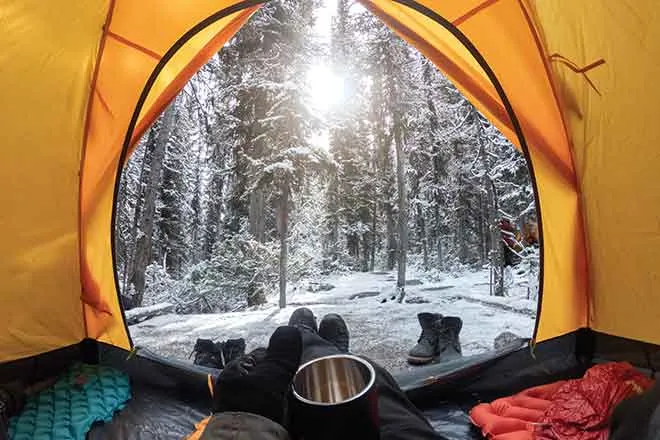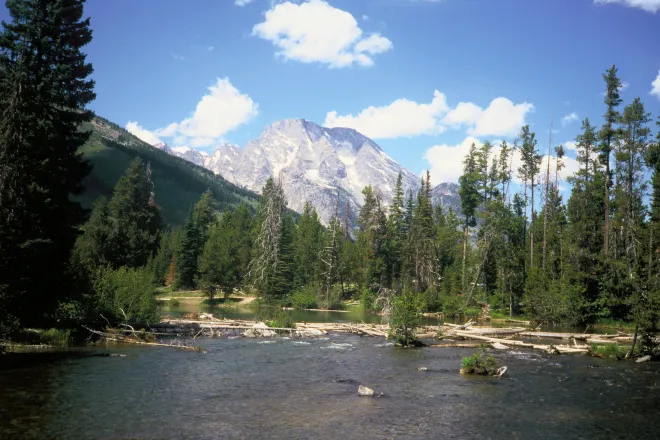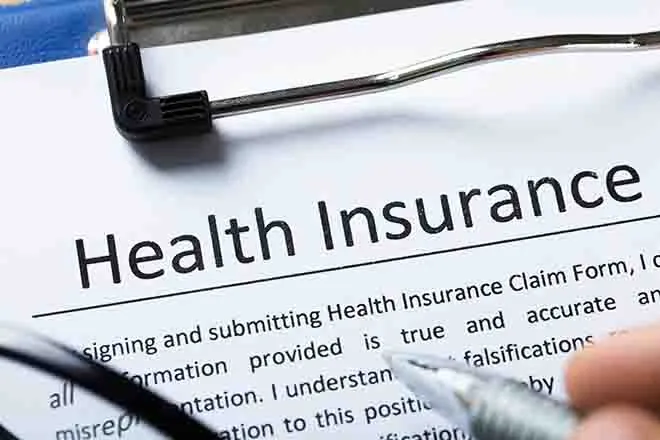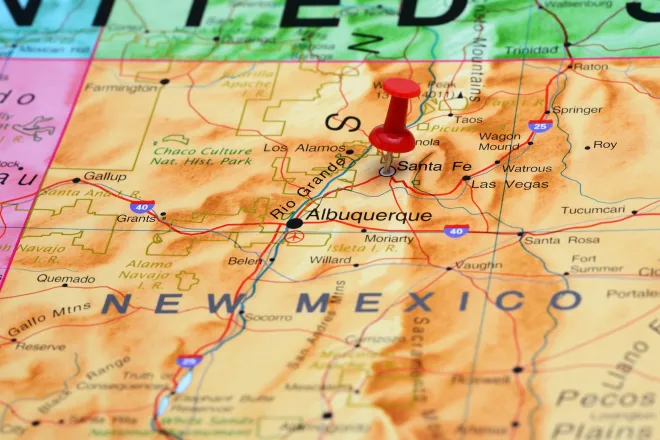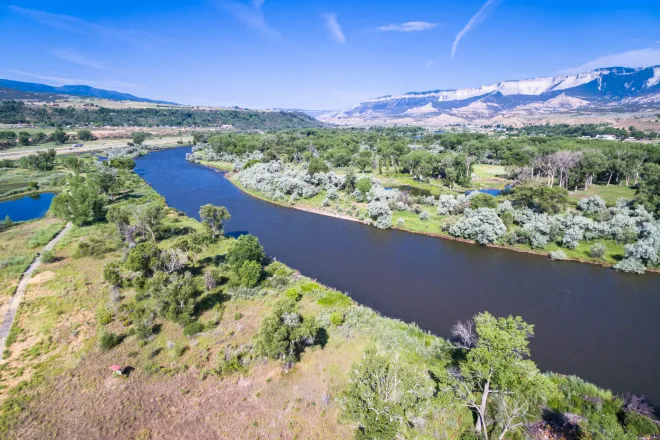
Daily Audio Newscast - August 11, 2025
© AlexLMX - iStock-823000260
Six minutes of news from around the nation.
Trump demands homeless people 'immediately' move out of DC; Texas case could challenge telehealth abortion access nationwide; Colorado's safety-net health centers join 60th birthday celebration; Minnesota sees renewed calls for equal transit access to parks, trails; Storm surge map reveals climate threats to Maine's iconic lighthouses.
TRANSCRIPT
The Public News Service doing newscast August 11, 2025.
I'm Mike Cleary.
President Donald Trump said homeless people must move out of Washington, D.C. as he vowed to tackle crime in the city, but the mayor pushed back against the White House likening the capital to Baghdad.
That from the BBC.
The report Trump posted Sunday, "We will give you places to stay, but far from the capital."
Trump also said he planned a news conference today about his plan to make the city safer and more beautiful than it was ever before.
The BBC notes that Mayor Muriel Bowser, a Democrat, said, "We are not experiencing a crime spike."
Trump signed an order last month making it easier to arrest homeless people, and he last week ordered federal law enforcement into the streets of Washington, D.C.
Meantime, two lawsuits surrounding the Texas abortion ban are testing the strength of what are known as "shield laws."
A Texas man is suing a California doctor for allegedly providing abortion medication to his girlfriend.
And a Texas judge ruled in favor of the state in a civil suit filed by Attorney General Ken Paxton against a New York doctor who prescribed and mailed abortion medication to a woman in Collin County.
Natalie Birnbaum with the Reproductive Health Initiative for Telehealth Equity and Solutions says both doctors have legal protection in their states.
These healthcare providers are operating and utilizing the protection of their shield laws in their states, and the providers that are the targets of these lawsuits are operating under the scope of practice of their licenses in those states.
The New York doctor was fined $100,000, but the acting county clerk has refused to enforce the judgment.
Paxton is suing the county clerk.
I'm Freda Ross reporting.
And it has been 60 years since President Lyndon Johnson launched the nation's first safety net medical facilities known as community health centers or CHCs.
The federal investment came after local doctors and concerned citizens saw the critical need for affordable care in underserved communities.
Today, CHCs serve nearly 33 million Americans according to a new analysis of federal data.
Ross Brooks with the Colorado Community Health Network says in 2024, these clinics delivered primary behavioral health and dental care to over 850,000 Coloradans.
And they do that comprehensively in rural, frontier, urban areas.
Today, we've got more than 250 clinic sites serving the needs of the most vulnerable across the state.
Nine in 10 CHC patients have incomes at or near 200 percent of the federal poverty level, And most are children, seniors, veterans, and people living in rural areas.
Nearly 80 percent have no health insurance or are covered through Medicare or Medicaid.
I'm Eric Galatas.
This is Public News Service.
Minneapolis and St. Paul often get national praise for their parks and recreational amenities, but experts say there are barriers to accessing them among disadvantaged populations that lack transportation options.
This month, a group of organizers from around the U.S. held talks on how to get more people to embrace the Transit to Trails initiative.
Joshua Hodick with the Minnesota Chapter of the Sierra Club has long pursued breaking down barriers for people in the Twin Cities who want to enjoy parks and trails but have trouble getting to them.
For BIPOC and low wealth families, we found that one of the main barriers for these families to visiting regional parks, which are like the green gems of the Twin Cities, is access.
Odek says lack of a reliable car is often a roadblock.
There's a bill in Congress to provide grants that would fund access projects, but the plan is shelved for now.
In the meantime, local organizers host events where people take public transit together to an attraction to raise awareness.
I'm Mike Meon.
And a University of New England student is working to ensure that Maine's iconic lighthouses are protected from the growing impacts of climate change.
Research indicates the Gulf of Maine is already warming faster than any body of water on the planet and back-to-back storms last year caused extensive damage to numerous historic sites.
Environmental science major Regina Dyer says detailed storm surge maps could help protect the buildings for generations to come.
This is where the water's going to end up.
This is what's going to be impacted. the maps that I created, I was able to see where the most vulnerable lighthouses were laying.
So far, Dyer has assessed climate vulnerabilities at more than a dozen lighthouses, both on and offshore.
She says the final maps will be listed on the American Lighthouse Foundation website and could help raise funds for climate resilience efforts.
I'm Catherine Carley.
Finally, a University of Washington team has developed a groundbreaking method to get river temperature data from the Columbia River Basin from NASA satellites.
Their open source tool is called Thermal History of Regulated Rivers or THOR and offers 40 plus years of historical and current temperature data for rivers in Washington, Oregon and Idaho.
Charles Seton is with the Columbia River Intertribal Fish Commission who helped develop the tool.
He says they plan to use it to support salmon populations among other things.
To be able to say we'd like to know what was happening everywhere in the system for the last 40 years in terms of temperature and be able to say here's that data at all of these different places throughout the system is just a really amazing tool.
He says the data will have many uses to support salmon including knowing where to release more water from dams to cool the river down.
He also hopes to see how development of data centers along the river has affected water temperature over time.
I'm Isabel Charlay.
This is Mike Clifford and thank you for starting your week with Public News Service.
Member and listener supported.
Find our trust indicators at publicnewsservice.org.







